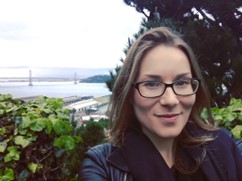 Abstract: Weather Forecast and Climate Models, often referred to as General Circulation Models (GCMs), play pivotal roles in modern society, impacting various sectors, from everyday planning to aviation and national defense. This presentation explores the multifaceted significance of GCMs, both scientifically and economically.
Abstract: Weather Forecast and Climate Models, often referred to as General Circulation Models (GCMs), play pivotal roles in modern society, impacting various sectors, from everyday planning to aviation and national defense. This presentation explores the multifaceted significance of GCMs, both scientifically and economically.
Economically, accurate weather and climate predictions yield an annual economic benefit exceeding $160 billion. Moreover, recent economic assessments conducted across various countries consistently reveal robust cost-benefit ratios for investments in weather and climate services, typically ranging from 1:4 to 1:36. This remarkable potential 2,500% Return On Investment underscores their fundamental societal importance.
This presentation will provide an overview of the historical development of GCMs and shed light on the profound significance of weather and climate predictions in today’s world. It will also delve into the intricacies of GCMs, with an emphasis on their subgrid-scale processes and the methods used to account for them (i.e., parameterizations). Additionally, the application of Computational Fluid Dynamics (CFD) tools, such as large eddy simulations, to help develop and refine parameterizations will be explored.
Biographical Sketch: Dr. Maria Chinita is a researcher at the University of California Los Angeles and Jet Propulsion Laboratory. She earned her PhD in Meteorology from the University of Lisbon, Portugal, in 2018. Her research primarily focuses on atmospheric boundary layers, involving several modeling techniques and observational data to gain a better understanding of small-scale processes. She applies these insights to develop unified parameterizations for atmospheric convection.









